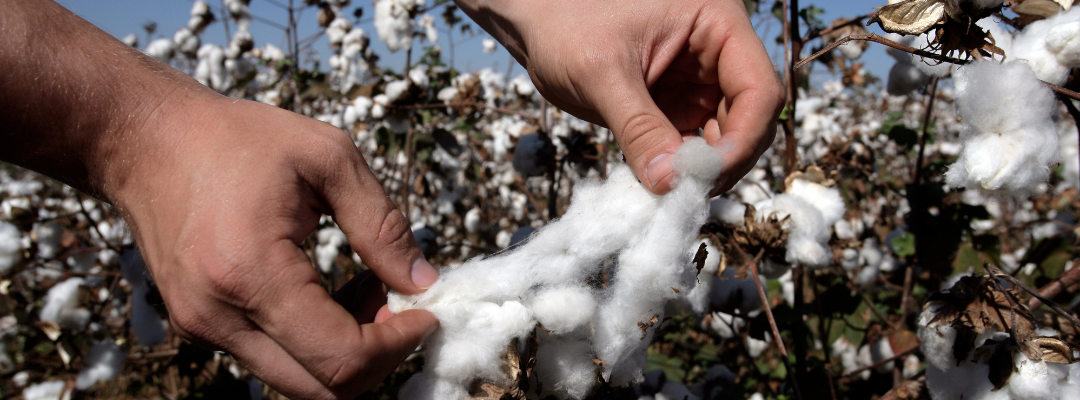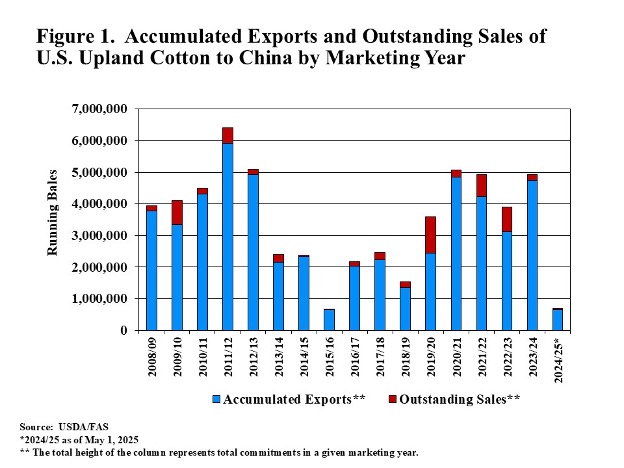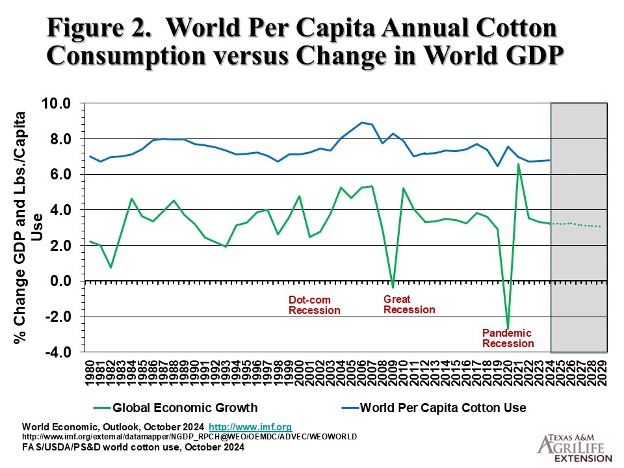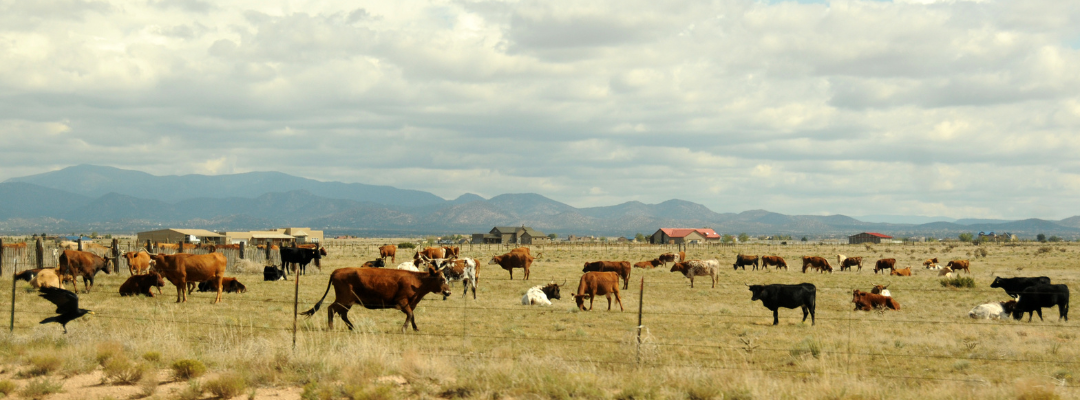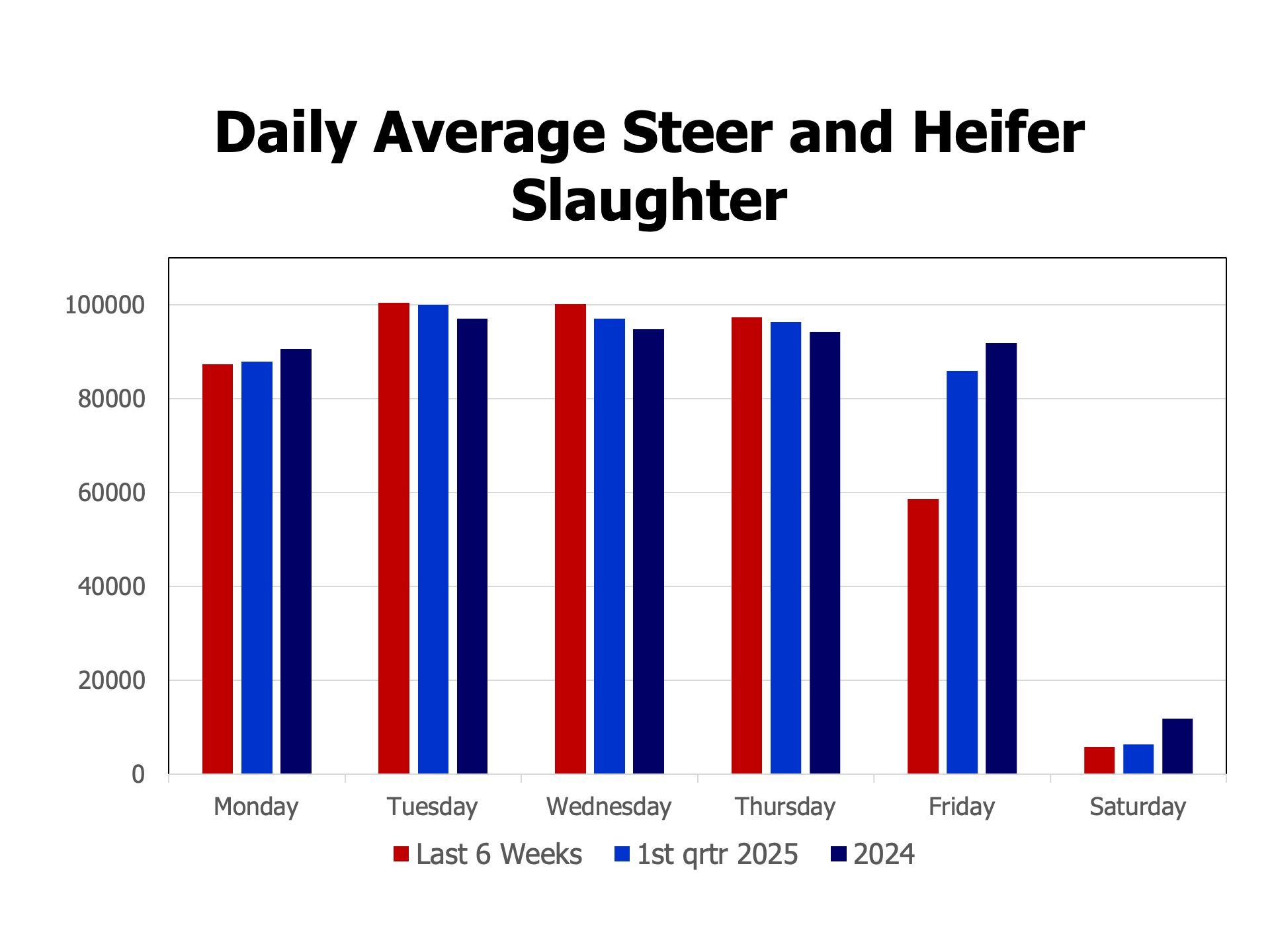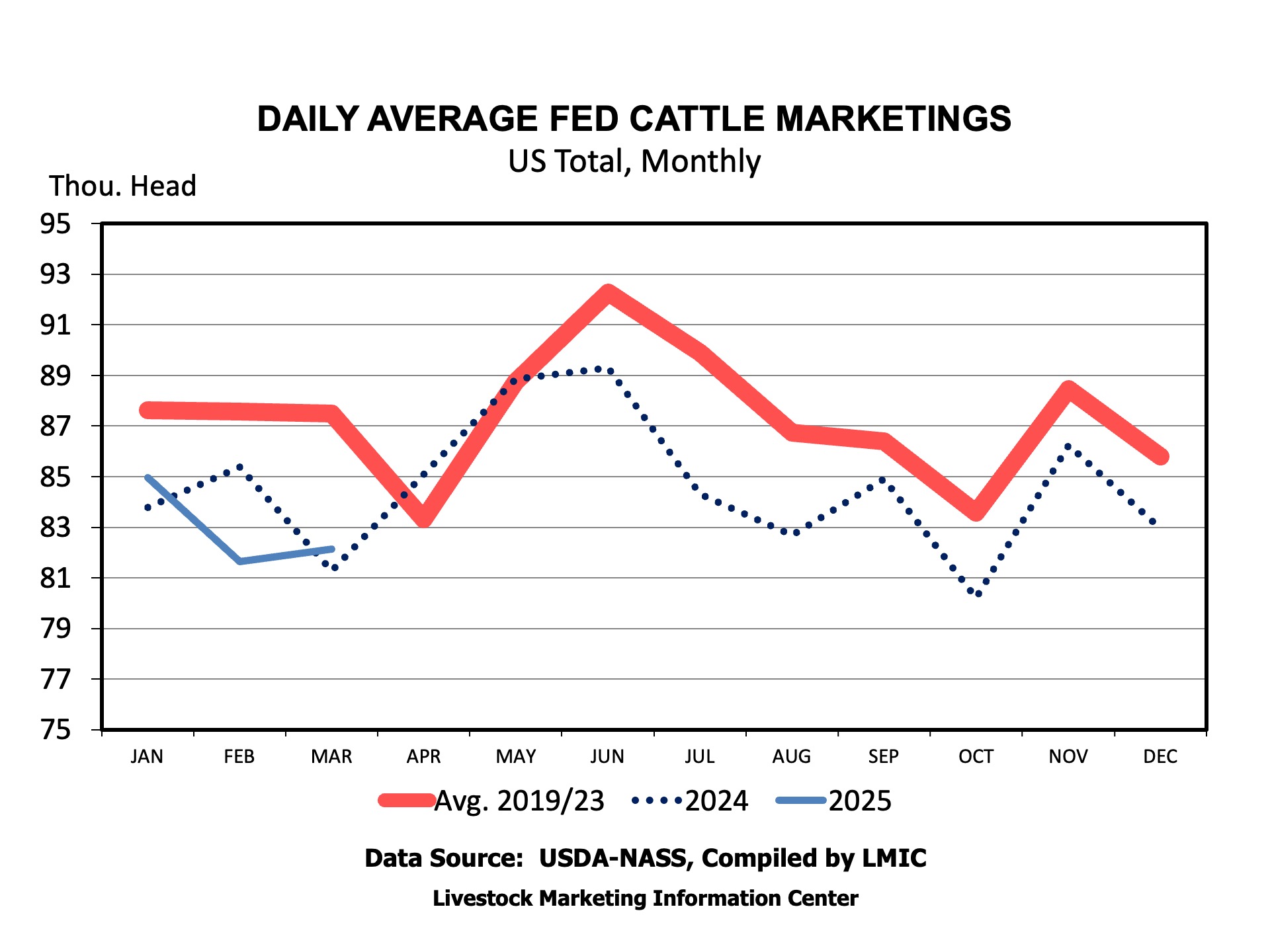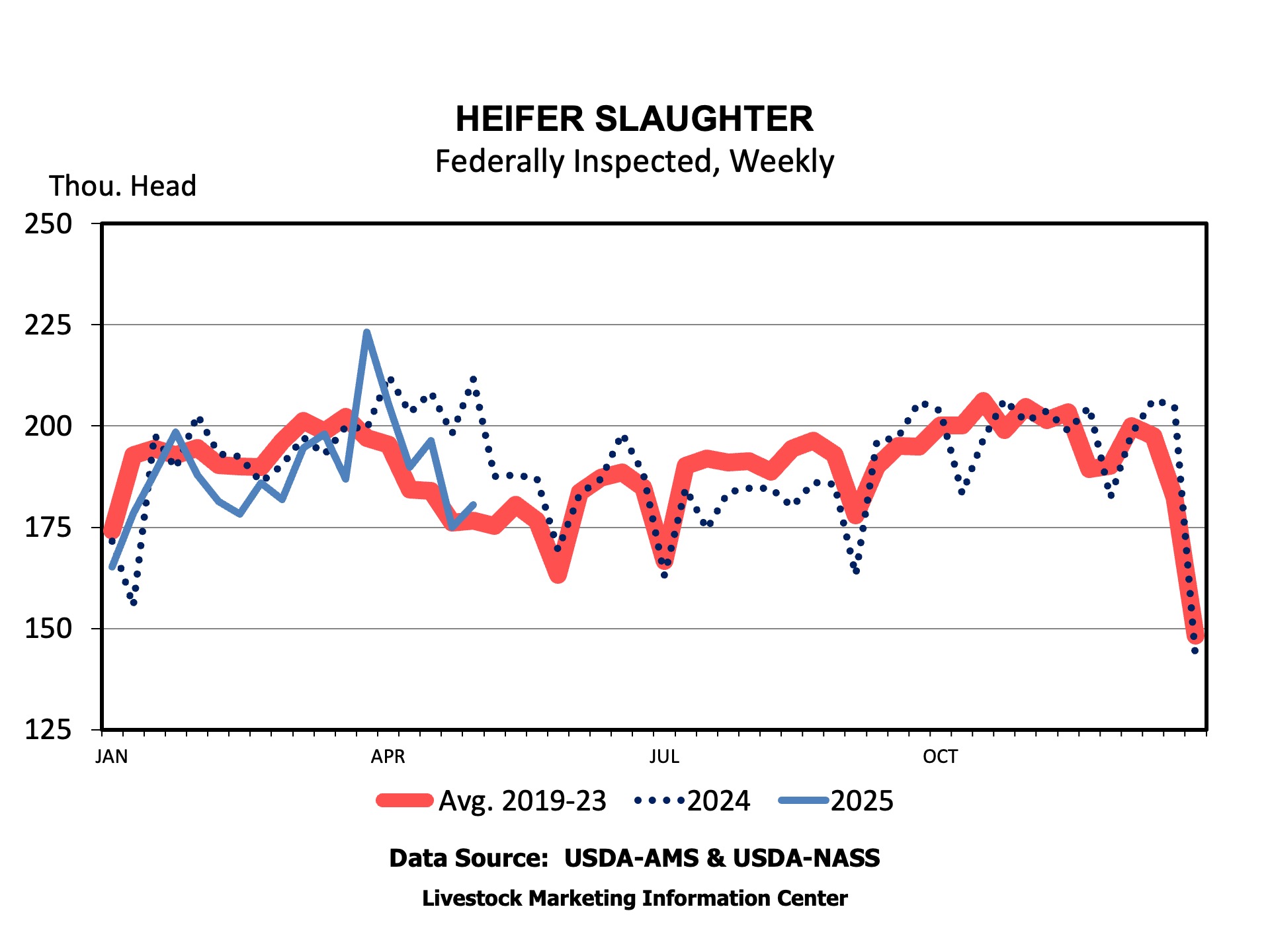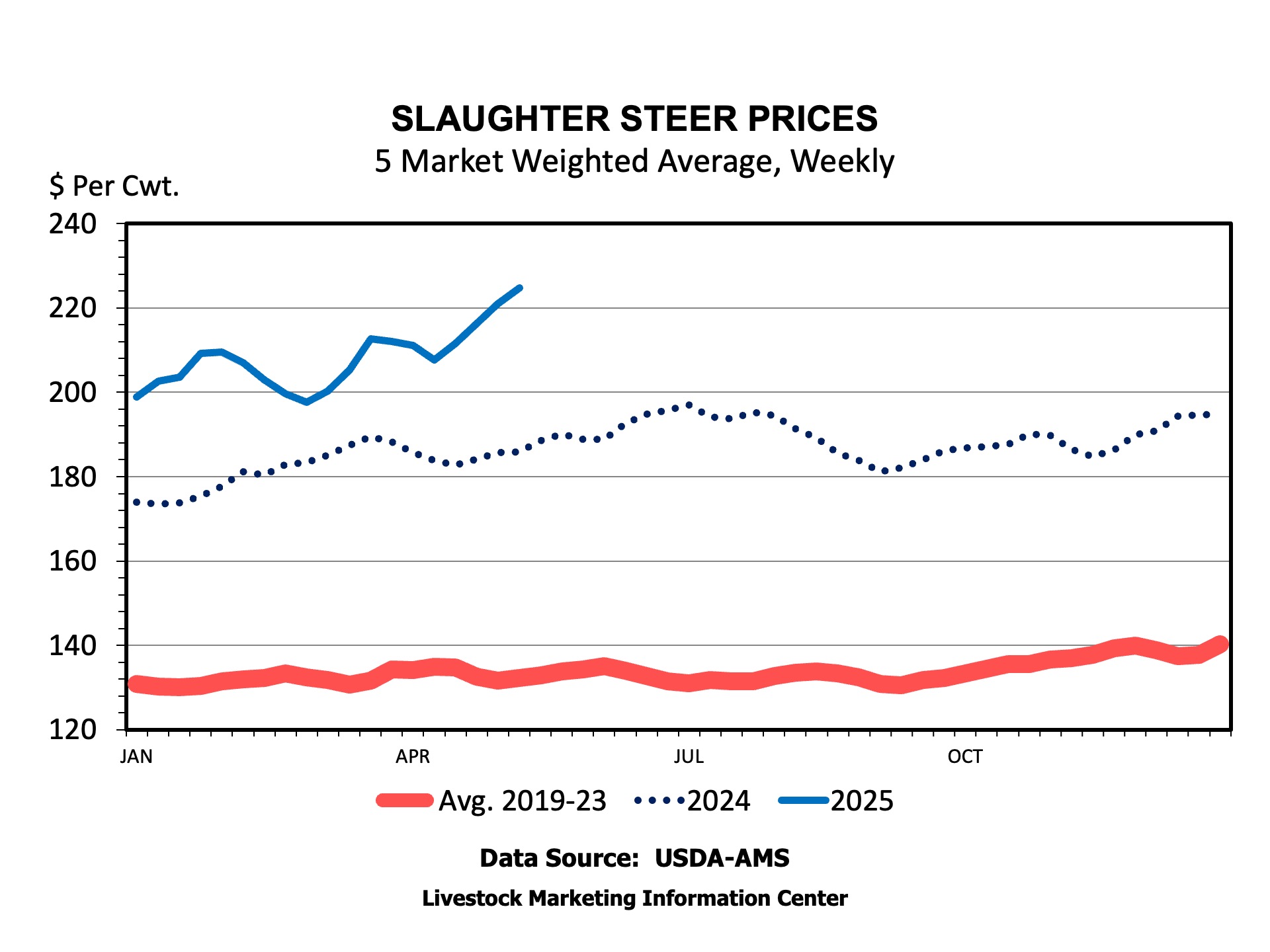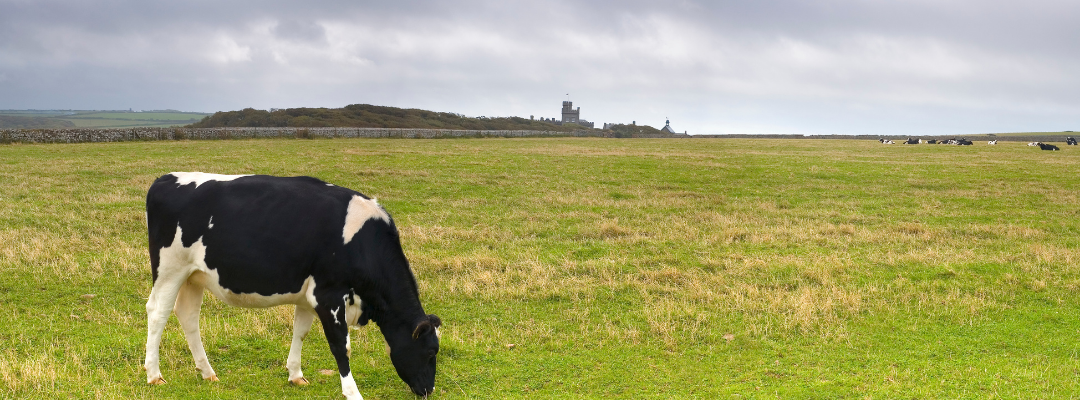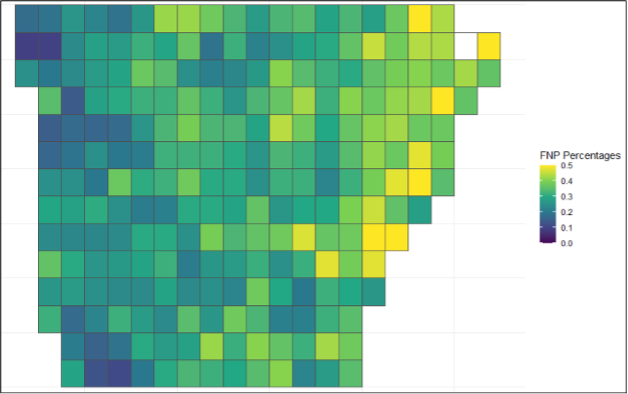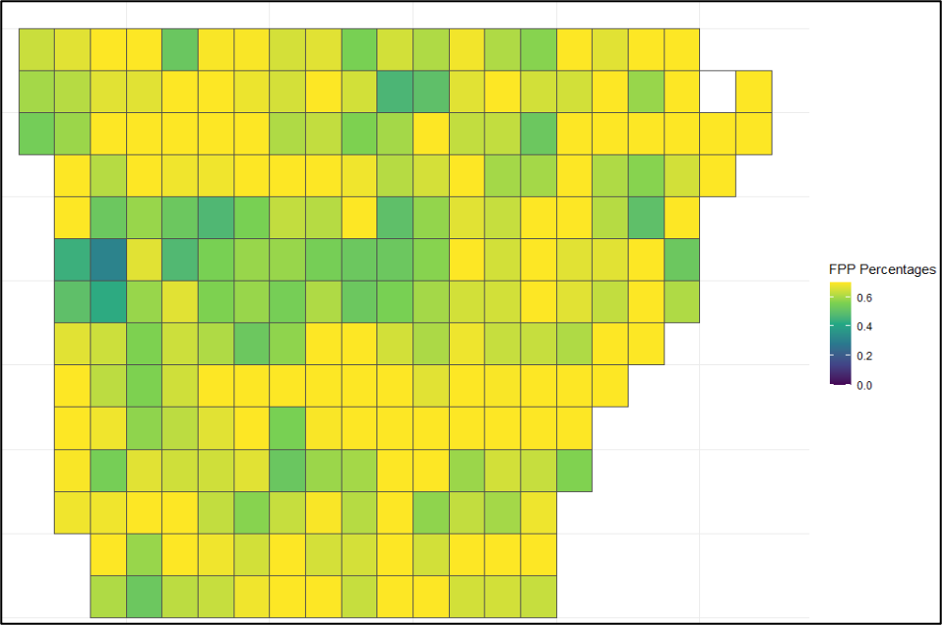On April 29, 2025, the Environmental Protection Agency (“EPA”) released its Insecticide Strategy, the most recent component of EPA’s effort to revise how the agency meets its Endangered Species Act (“ESA”) responsibilities while taking actions under the Federal Insecticide, Fungicide, and Rodenticide Act (“FIFRA”). Like the final Herbicide Strategy that EPA released last September, the final Insecticide Strategy works to reduce pesticide exposure to protected wildlife by implementing mitigation measures to curb pesticide spray drift and runoff.
EPA first announced its new policy to address pesticide exposure to species protected under the ESA in April 2022. That month, EPA announced a plan to create different strategy documents to address herbicides, insecticides, fungicides, and rodenticides. According to EPA, the new approach was necessary to address what the agency has described as a “decades-old challenge” to satisfy the agency’s obligations under both the ESA and FIFRA.
The ESA is the primary federal wildlife protection law in the United States, while FIFRA serves as the nation’s primary federal statute regulating pesticide use. Under the ESA, all federal agencies, including EPA, are required to consult with the United States Fish and Wildlife Service (“FWS”) to ensure that the actions that federal agencies fund, authorize, or carry out will not “jeopardize” the continued existence of species protected under the ESA. Since the ESA was enacted, EPA has struggled to fully satisfy its consultation responsibilities when carrying out FIFRA actions. As a result, the agency has faced numerous lawsuits filed primarily by environmental groups seeking to compel EPA to complete ESA consultation on FIFRA actions. EPA’s new policy is aimed at resolving this on-going challenge.
Under its new approach, EPA has sorted all registered pesticides into broad groups and developed mitigation measures for each group designed to reduce pesticide exposure to protected species that occurs via pesticide spray drift and runoff or erosion. In 2024, EPA issued its draft Insecticide Strategy, outlining the various mitigation measures the agency was considering for insecticides. Following a 60-day public comment period that ran from July to September, EPA has officially released the final Insecticide Strategy.
The final Insecticide Strategy outlines various mitigation measures designed to reduce pesticide exposure to protected invertebrate species by limiting pesticide spray drift and runoff/erosion. As in the draft Insecticide Strategy, the final Insecticide Strategy lays out a three-step framework that EPA will use to determine what additional mitigation measures to include on an insecticide label. Under step 1, EPA will establish the likelihood that a particular insecticide will have population-level impacts to protected wildlife species as either “not likely,” “low,” “medium,” or “high.” In general, mitigation will be lower when the potential for population-level impacts is lower and higher when the potential is higher.
During step 2 of the process, EPA will determine which mitigation measures to apply. To reduce spray drift, the Insecticide Strategy relies on buffer zones and application equipment with the size of the buffer zone depending on the insecticide’s expected population-level impacts and the method of application. The largest buffer zone identified in the Strategy is a 300 foot buffer for aerial applications. All other buffer zones are identified as 100 feet or less.
To reduce insecticide runoff and erosion, the Insecticide Strategy employs a so-called “menu” of mitigation measures. Each mitigation measure is assigned a point value from 1 to 3 with high efficacy mitigations receiving 3 points, medium efficacy mitigations receiving 2 points and low efficacy mitigations receiving 1 point. Based on the degree of population-level impacts EPA identified during step 1 of the Insecticide Strategy framework, the agency will identify the number of runoff/erosion mitigation points needed to apply a particular insecticide. Insecticides identified as having a low population-level impact will need 3 points, insecticides with a medium impact will need 6 points and insecticides with a high impact will need 9 points.
Additionally, EPA has assigned counties different mitigation points based on how prone the fields in each county are to runoff. Counties with medium runoff potential will receive 2 mitigation points, counties with low runoff potential will receive 3 mitigation points and counties with very low runoff potential will receive 6 mitigation points. An applicator in a county with very low runoff potential applying an insecticide that requires 9 mitigation points will only need to achieve 3 extra mitigation points, while an applicator in a county with a low runoff potential applying the same insecticide would need to achieve 7 extra points.
In response to comments it received on the draft Insecticide Strategy, EPA has said that it is working towards certifying voluntary conservation programs the participation in which would automatically count as 9 mitigation points. Additionally, EPA will grant mitigation points to farmers and applicators who do not participate in a conservation program but use a qualified technical expert to plan insecticide applications.
Finally, during step 3 of the Insecticide Framework, EPA will determine where in the contiguous United States the spray drift and runoff/erosion mitigations will be required. Mitigation measures that are considered necessary across the entire contiguous United States will be included on an insecticide’s general label. Those mitigation measures that are only required in certain geographic areas known as Pesticide Use Limitation Areas (“PULAs”) will be posted as bulletins on EPA’s website Bulletins Live! Two. The insecticide’s label will instruct users to check Bulletins Live! Two prior to making an application to determine if there are any relevant PULAs with which the applicator needs to comply.
Most of the mitigation measures identified in the Insecticide Strategy are intended to reduce exposure to protected species that are not located on agricultural fields. However, EPA has identified 4 protected species that can be found on agricultural fields and would require additional in-field mitigation measures. EPA notes that mitigation measures for those species would be both geographically limited and limited to certain times of the year. Any on-field mitigations would be required through PULAs on Bulletins Live! Two.
EPA will begin implementing the Insecticide Strategy as it registers new insecticide products for use and conducts registration review of existing insecticides.
Despite being dubbed the “final” Insecticide Strategy, EPA notes that it will continue to seek engagement on and develop certain aspects of the Strategy such as identifying additional conservation programs that would count as 9 mitigation points and further refining species maps to create more accurate PULAs. Overall, EPA believes that implementing the Insecticide Strategy will result in both more efficient ESA consultations with FWS and insecticide labels better equipped to withstand judicial review.
Rollins, Brigit. “EPA Publishes Final Insecticide Strategy.” Southern Ag Today 5(21.5). May 23, 2025. Permalink


